Strength Training for Climbers: 3 Tips from Steph Davis
At some point in your climbing experience, you’ll probably feel you could benefit from some sort of extra training beyond just climbing. With short days and long nights, winter is a great time to start on a training program that can continue throughout the year.
The training trifecta for rock climbing and mountain adventure includes these tried-and-true components: powerlifting, finger-specific training, and the ever-enjoyable carrying things uphill.
Strength Training Tips for Climbers
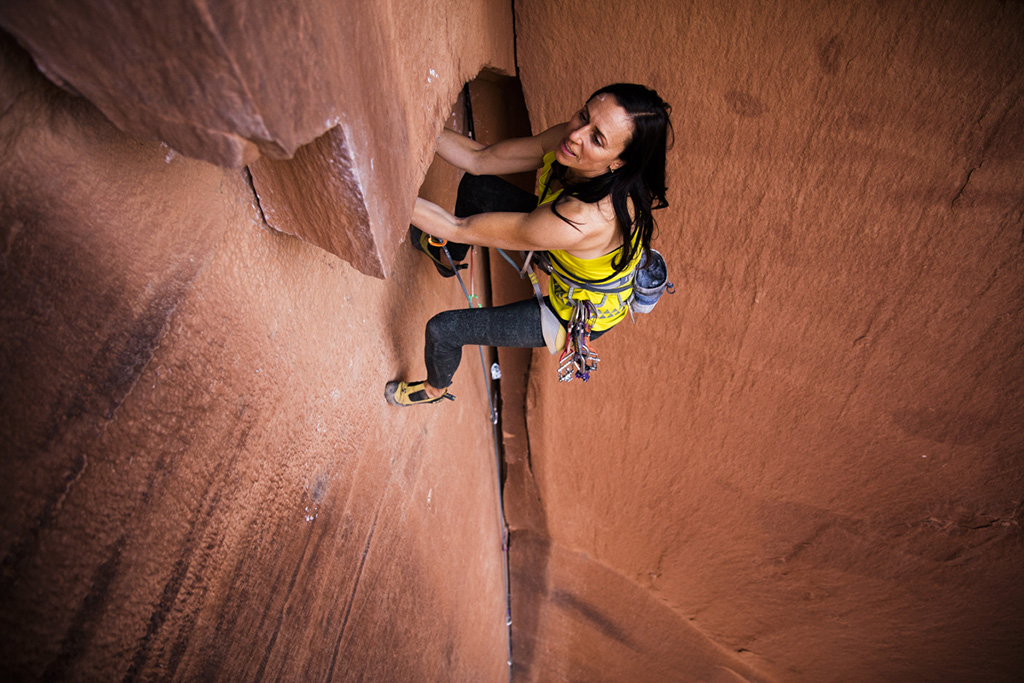
1. Lift for Power
Theories have evolved quite a bit about weight training and rock climbing. Over the years, my friends who are experts in climbing training have advocated for including powerlifting. Why lift for power rather than endurance? Three reps versus 10 reps in the gym?
Generally, the more power you have, the easier a single climbing move will be. If every move is easier for you, you’ll find it easier to do more of them at once, and your endurance will last longer. Increasing your power will allow you to do harder single moves; it will also make continuous moves less draining.
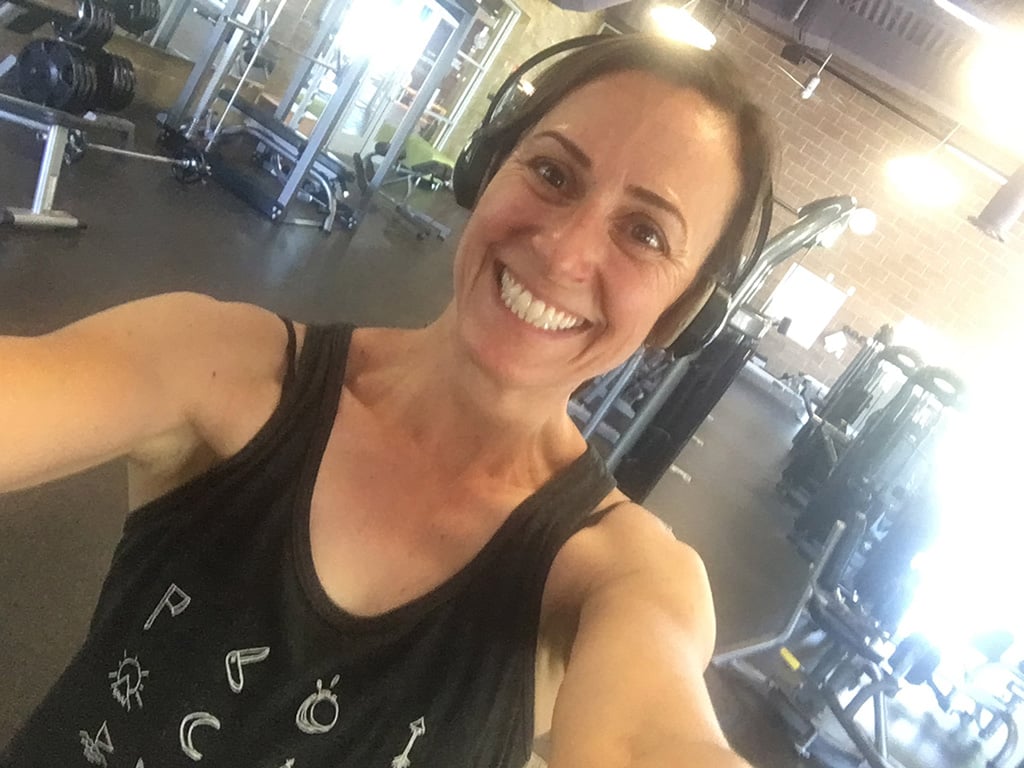
Try one to two days a week in the weight room, with exercises that include traditional moves such as deadlifts, bench presses, rows, lat pulls and squats, with weights that allow for three sets of just three reps. I start every weight workout with high-rep (3 sets of 10) light dumbbell shoulder mobility exercises as my warmup routine, and the rest of the workout is powerlifting.
2. Finger Train
Finger-specific training has to be treated with great respect, as it’s very easy to hurt yourself and lose all the gains you’ve made. For any type of finger-specific training, please be very cautious and remember that less is more! But for most of us, finger strength is the limiting factor in our climbing, so there’s a lot to be gained by increasing it.
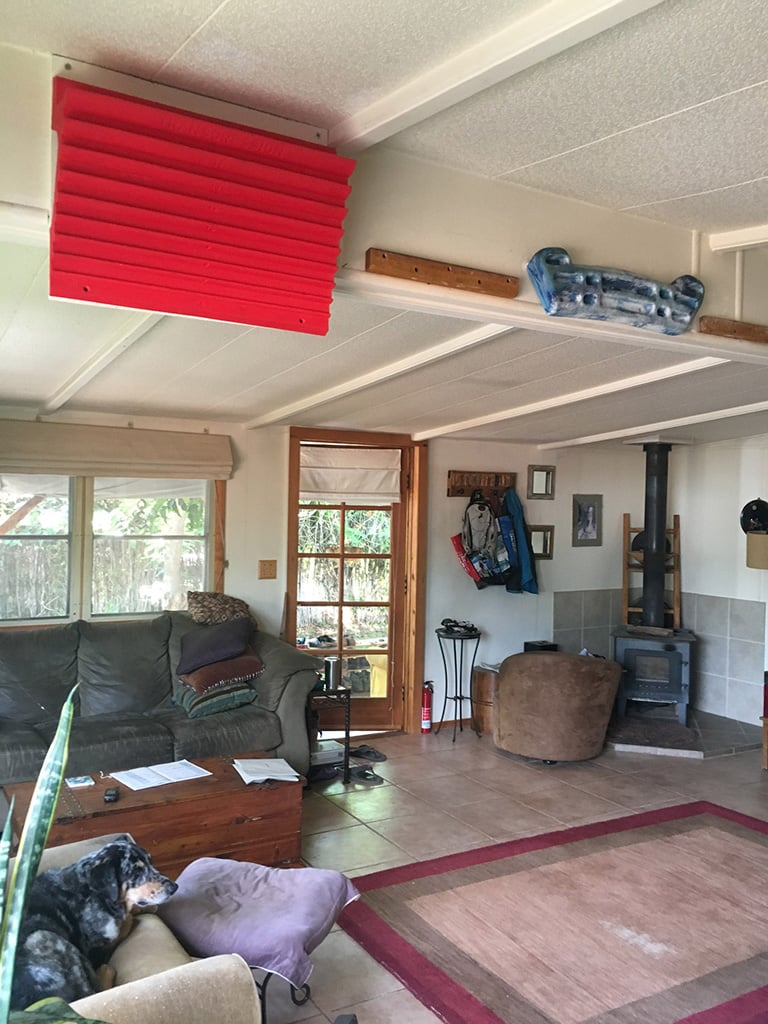
My current favorite tool is the Eva Lopez hangboard and workout system, though you can use the concept of it with almost any hangboard or doorframe. The basic formula is this: Hang on a small edge (with correct form, scapulae engaged!) for 10 seconds, then rest for 3 minutes, and repeat 3-5 times for the workout. You can also start hanging weights off your belay loop while wearing a harness. If you like this and think it’s working, you’ll probably want to try Eva Lopez’s official system and purchase one of her boards.
3. Carry Heavy Things Uphill
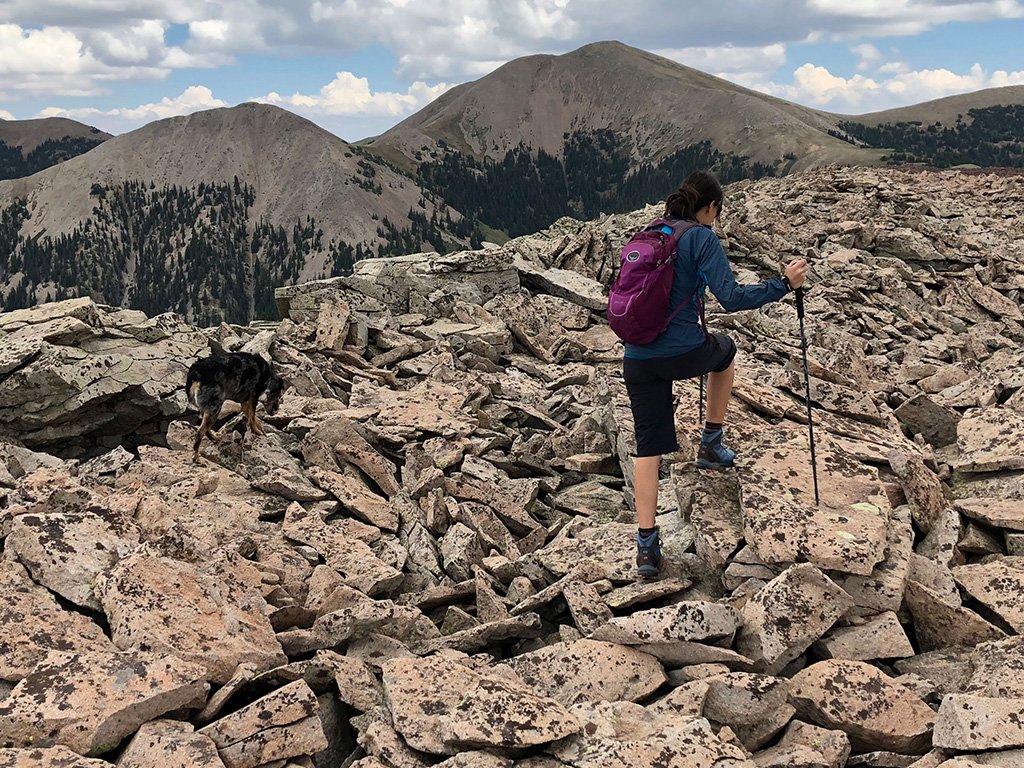
And last, but certainly not least, is the carrying things uphill component. Almost all climbing, from rock climbing to big wall to alpine mountaineering, involves a surprising amount of carrying things uphill. If I have mountain plans in the near future, I know I have to dedicate extra attention to this in my training. At the gym, lunges, squats and deadlifts are part of this training category, but there’s no real substitute for loading full water bottles in a backpack, grabbing some trekking poles, and finding a good steep trail to carry them up for one to several hours. Just make sure you dump most of the water for the down part; no need to use up all your knee cartilage while training.
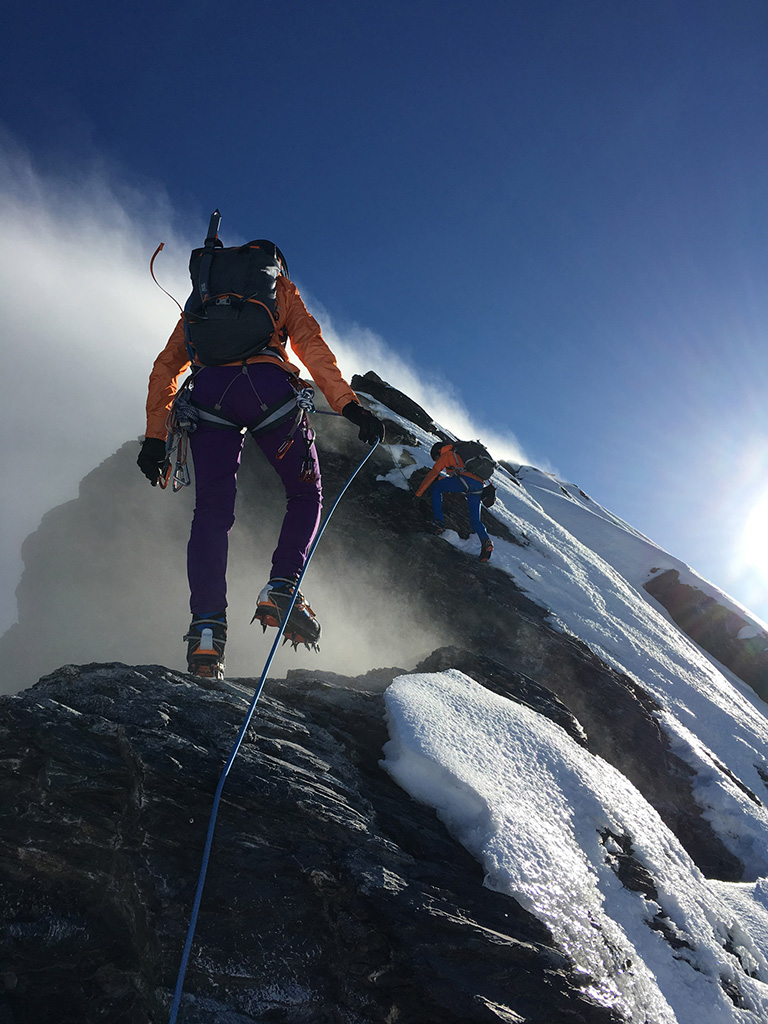
The best thing you can do is continue to climb, hike and run as you always do, and additionally try to get some of these workouts in the mix each week
I keep a workout log with daily activities over a month, and a second one with the daily specifics of my weight and hangboard workouts, so I can keep track of progression.
We put so much effort and time into going climbing, for what generally amounts to a pretty short time of actual climbing. It just makes sense to do some training upfront and make the most of that special time we get on the rocks and in the mountains.
Related Posts:
- Steph Davis Answers: “How Do You ‘Go’ on the Big Wall?”
- Multi-Day Rock Climbing: To Stove or Not to Stove
- Steph Davis Answers: “What’s In Your Emergency Kit?”
 Considered a rock climbing visionary, Steph Davis is one of the world’s leading women climbers. She is also an avid BASE jumper and wingsuit pilot. Among her many accomplishments, she has completed free ascents of El Capitan, first ascents in South America, the Karakorum and the Arctic, and some of the hardest climbs worldwide. Steph lives in Moab, Utah, or sometimes out of a Honda Fit, in a tent, or in her off-the-grid octagonal cabin near Indian Creek. She is a writer, loves to cook and believes in living a simple life.
Considered a rock climbing visionary, Steph Davis is one of the world’s leading women climbers. She is also an avid BASE jumper and wingsuit pilot. Among her many accomplishments, she has completed free ascents of El Capitan, first ascents in South America, the Karakorum and the Arctic, and some of the hardest climbs worldwide. Steph lives in Moab, Utah, or sometimes out of a Honda Fit, in a tent, or in her off-the-grid octagonal cabin near Indian Creek. She is a writer, loves to cook and believes in living a simple life.
